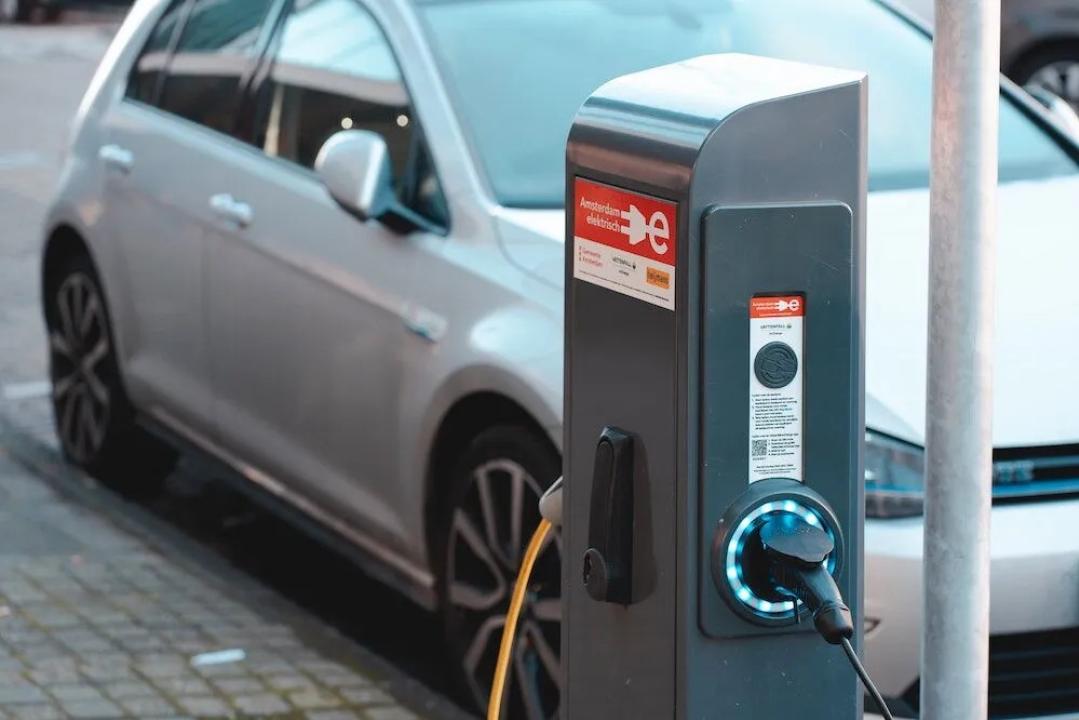Introduction: The Critical Role of CPMS in the EV Revolution
As a leading EV charger manufacturer in China, LiCB Charge offers reliable AC and DC electric vehicle charging stations, along with comprehensive charging solutions.The global shift to electric vehicles (EVs) is accelerating at an unprecedented pace, spurred on by government commitments to net-zero targets and automakers' decisions to phase out internal combustion engines. As demand for EVs continues to grow, the need for a reliable, scalable, and intelligent EV charging infrastructure has never been more critical. At the heart of this infrastructure lies the Charge Point Management System (CPMS), which acts as the operational core of EV charging networks.
A CPMS is far more than a simple monitoring tool. It is an integrated platform that enables charge point operators (CPOs), e-mobility service providers (eMSPs), and businesses to efficiently manage, optimize, and monetize their charging stations. It handles everything from real-time remote control and dynamic energy management to seamless user authentication, ensuring that EV charging networks operate at peak efficiency and provide a seamless experience for drivers.
This article will explore:
-
The architecture and functionality of a CPMS
-
Why CPMS solutions are indispensable for modern EV charging networks
-
The challenges in EV charging that CPMS addresses
-
The latest technological advancements in charge point management
-
Future trends shaping the evolution of CPMS
By the end of this guide, readers will have a comprehensive understanding of how CPMS platforms are transforming the EV charging landscape and supporting the sustainable growth of electric mobility.
Section 1: Understanding Charge Point Management Systems (CPMS)
1.1 Definition & Core Purpose
A Charge Point Management System (CPMS) is a centralized software platform that allows operators to monitor, control, and optimize networked EV charging stations. It serves as the command center for all charging operations, offering real-time data, automated management, and advanced analytics.
Unlike standalone chargers that operate in isolation, a CPMS enables networked intelligence. Multiple charging stations can communicate, share data, and adjust operations based on demand, energy availability, and business rules, thus optimizing the charging process.
1.2 Key Components of a CPMS
A modern CPMS comprises several interconnected modules that provide complete management capabilities:
-
Central Management Dashboard: Offers a comprehensive view of all connected chargers, displaying status, usage, and errors. Operators can remotely start/stop charging sessions, perform reboots, and update firmware.
-
User Authentication & Access Control: Supports various authentication methods, including RFID cards, mobile apps (QR code scanning), Plug-and-charge (ISO 15118), and SMS/email authorization.
-
Billing & Payment Processing: Allows flexible pricing models (per kWh, per minute, or flat rates) and integrates with payment gateways like Stripe and PayPal, offering automated invoicing for corporate clients and fleet operators.
-
Energy Management & Load Balancing: Ensures intelligent power distribution to avoid grid overload, integrates smart charging algorithms, and optimizes the use of renewable energy sources like solar and wind.
-
Reporting & Business Intelligence: Provides detailed usage analytics (peak demand, revenue trends), energy consumption reports for sustainability tracking, and predictive maintenance alerts.
Section 2: Why Every EV Charging Network Needs a CPMS
2.1 The Scalability Challenge
As EV adoption grows, charging networks must expand rapidly. A CPMS allows operators to:
-
Seamlessly add new chargers without manual configuration
-
Monitor thousands of stations from a single interface
-
Standardize operations across different hardware brands
2.2 Ensuring Grid Stability & Energy Efficiency
Unmanaged EV charging can place significant strain on local power grids. A CPMS addresses this by:
-
Load balancing to distribute power efficiently
-
Demand-response integration to shift charging to off-peak hours
-
Optimizing renewable energy usage to reduce reliance on the grid
2.3 Enhancing User Experience & Trust
A poor charging experience can deter EV adoption. A CPMS enhances reliability by:
-
Providing real-time status updates through apps and navigation systems
-
Detecting faults and sending automatic alerts
-
Enabling seamless roaming between networks via interoperability protocols like OCPI
2.4 Enabling New Business Models
CPMS platforms enable operators to unlock additional revenue opportunities such as:
-
Subscription-based charging plans
-
Reserved charging and premium parking
-
Advertising and partnerships with retailers
Section 3: Cutting-Edge Innovations in CPMS Technology
3.1 AI & Machine Learning for Predictive Maintenance
AI-powered anomaly detection identifies potential failures before they happen, and automated diagnostics reduce the need for technician visits.
3.2 Vehicle-to-Grid (V2G) & Bidirectional Charging
CPMS can manage Vehicle-to-Grid systems, where EVs act as mobile energy storage, feeding power back to the grid. This enables energy trading and revenue-sharing models.
3.3 Blockchain for Secure, Transparent Transactions
Blockchain technology offers decentralized billing, preventing fraud, and facilitating automated payments via smart contracts.
3.4 Autonomous Fleet Management
CPMS also supports autonomous fleets, dynamically prioritizing charging based on battery levels and managing self-scheduling for robotaxis and delivery EVs.
Section 4: The Future of CPMS – What’s Next?
4.1 Ultra-Fast Charging & Megawatt-Level Systems
Managing ultra-fast chargers (350kW and beyond) without destabilizing the grid will require innovative buffering solutions to minimize demand charges.
4.2 Global Interoperability & Plug-and-Charge Dominance
Cross-network roaming will become the norm, with plug-and-charge features (ISO 15118) allowing for seamless charging across various networks and brands.
4.3 Integration with Smart Cities & IoT Ecosystems
CPMS will synchronize with smart city infrastructures, adjusting charging pricing dynamically based on traffic patterns, energy availability, and public transport systems.
Conclusion: CPMS as the Foundation of the EV Ecosystem
The Charge Point Management System is no longer an optional component—it's the backbone of the EV infrastructure. As charging networks expand globally, CPMS platforms ensure the reliability, scalability, and sustainability required to support the rapid growth of electric vehicles.
CPMS solutions provide a comprehensive suite of tools that enhance operational efficiency, user experience, and revenue generation. As technology advances and EV adoption continues to rise, the role of CPMS in shaping the future of transportation infrastructure will only become more pivotal.
By implementing a robust and scalable CPMS, operators and businesses can ensure they remain at the forefront of the electric mobility revolution.Know more about Google SEO Directory











